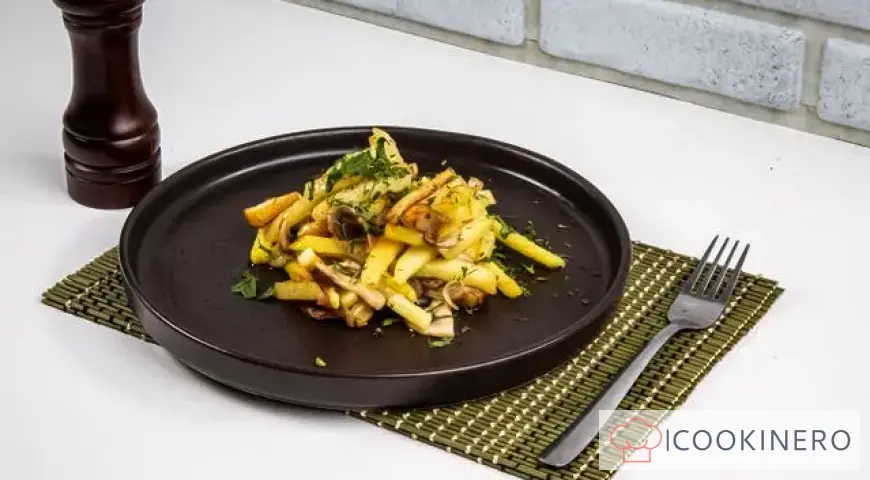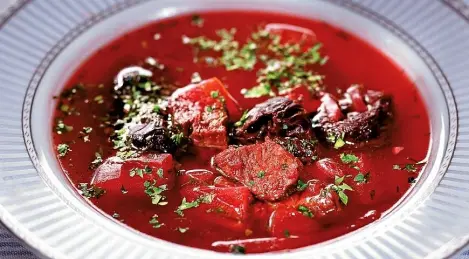Easter cakes with yeast

Easter cakes for Easter are most often cooked with yeast: it is thanks to them that the pastries are lush, airy and hold the correct shape. Speaking of her. They say that the Easter cake acquired this form thanks to the idea of the cook of the Polish King Stanislav. The restless culinary specialist often came up with something of the kind, and one day he served a special “cylindrical” cake on the table. The king and courtiers were impressed. True, evil tongues claim that the chef peeped the idea from the Neapolitan confectioners, who have long baked tall rum-baba. But be that as it may, the cake first took root in the Polish court, and then came to Russia. Our chefs quickly adapted the idea to making yeast cakes for Easter. This is how we know them now!
How to cook Easter cakes with yeast
Step 1
Prepare dough for Easter cake dough. Crumble fresh yeast into a bowl and grind with a few tablespoons of warm milk until a paste-like mass is obtained.
Step 2
Then pour in the remaining milk and add 500 g of flour. Mix thoroughly so that there are no lumps. Cover the bowl with the dough and leave in a warm place for 1 hour (it should double in size).
Step 3
Cut the butter for the cake dough into cubes, melt and let cool. Divide the eggs into whites and yolks. Put the whites in the refrigerator. Whisk the yolks with sugar and salt. Add sour cream, grated zest and vanilla seeds. Stir.
Step 4
Add the risen brew and mix thoroughly. Fold in the remaining flour in several additions. Pour in the melted butter little by little. Knead the dough for Easter cakes with your hands for about 10 minutes.
Step 5
Beat the whites with a mixer until stiff and gently fold into the dough. The dough for Easter cakes should not be very thick and should be free to lag behind the walls of the bowl. Leave to rise in a warm place (about 1 hour).
Step 6
Punch down the risen pastry dough. Add candied fruits, stir and let rise for 40-50 minutes. Punch down the dough again and arrange in the molds, filling no more than 2/3 of the height. Leave under a towel for 20 minutes.
Step 7
Heat the oven to 200°C. Grease the surface of the Easter cakes with beaten egg yolk. Put the molds in the oven and bake for 40 minutes. Then cover the cakes with mugs of baking paper moistened with cold water. Bake for about 15-20 minutes at 175°C.
Step 8
While the Easter cakes are cooling, prepare the frosting. To do this, beat the protein with a mixer or whisk until soft peaks. Gradually, while continuing to beat, add the powdered sugar.
Step 9
When the mass becomes smooth and shiny, pour in the cream and beat for 30 seconds. Add lemon juice and beat again. Spread the frosting over the completely cooled cakes immediately and let it set.
Reviews: 0
0 Overall ratingHave you already prepared this recipe? Tell what you think.
Write a review
Trending

Kharcho with chicken
Usually kharcho is cooked in beef broth. But we decided to break the rules to get a slightly different, but no less tasty dish. Kharcho based on chicken will be more dietary, but in taste it will be the same famous Georgian soup, which you can easily

Armenian Lavash Roll with Stuffing
Perhaps the most versatile dish you can think of is a lavash roll with filling, because you can stuff lavash with whatever your heart desires. Lavash with vegetables, with salad, with canned fish, sweet lavash with cottage cheese. The choice of filli

Beef shurpa
Shulum, chorpa, shorpo, sorpa... In different countries, shurpa is called by different names, but it looks about the same everywhere: a rich soup with meat and vegetables. Various herbs and spices can be added to it, or it can be made on the basis of

Khinkal in Dagestan style
Khinkal is a traditional Caucasian dish. It is often confused with such a famous Georgian dish as khinkali. And, although the set of products in both dishes is quite similar, they are nevertheless different. Traditionally, khinkal is prepared on the

Ginger tincture
Ginger is a well-known and beloved spice. In the kitchen, only the root of the plant is used, which is rightfully considered one of the most useful natural products. Ginger tincture, when consumed in moderation, helps improve memory, restores skin co









